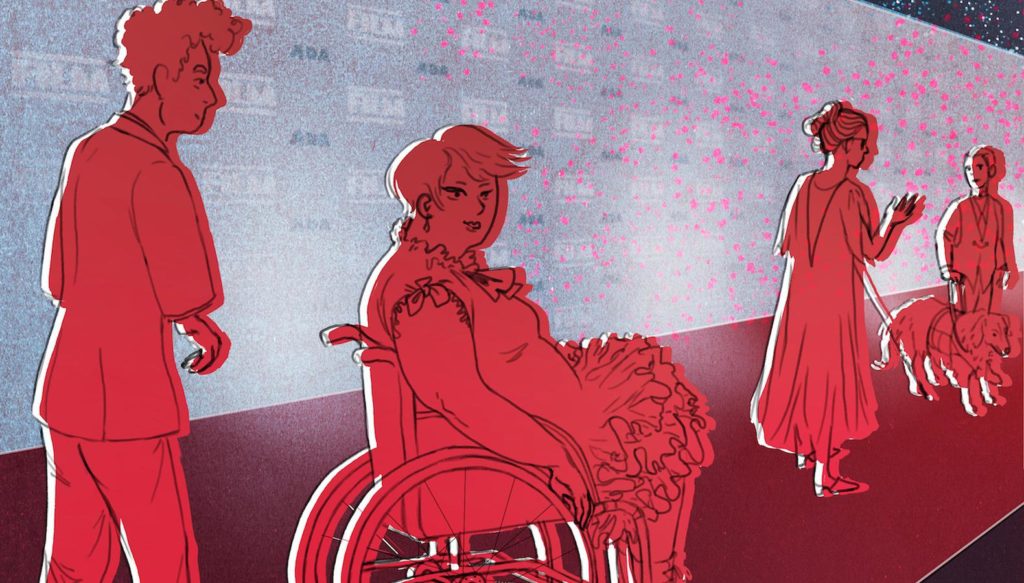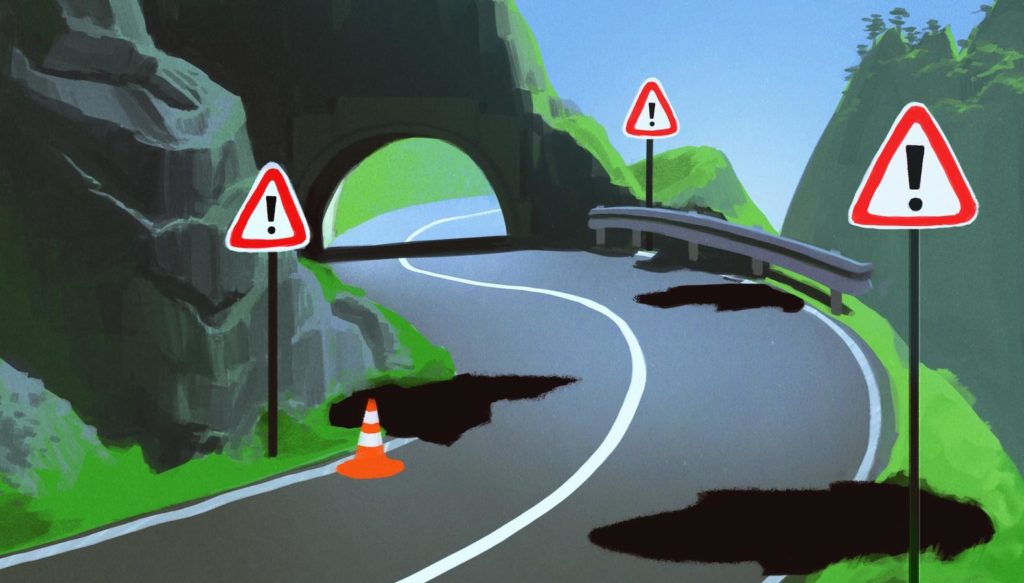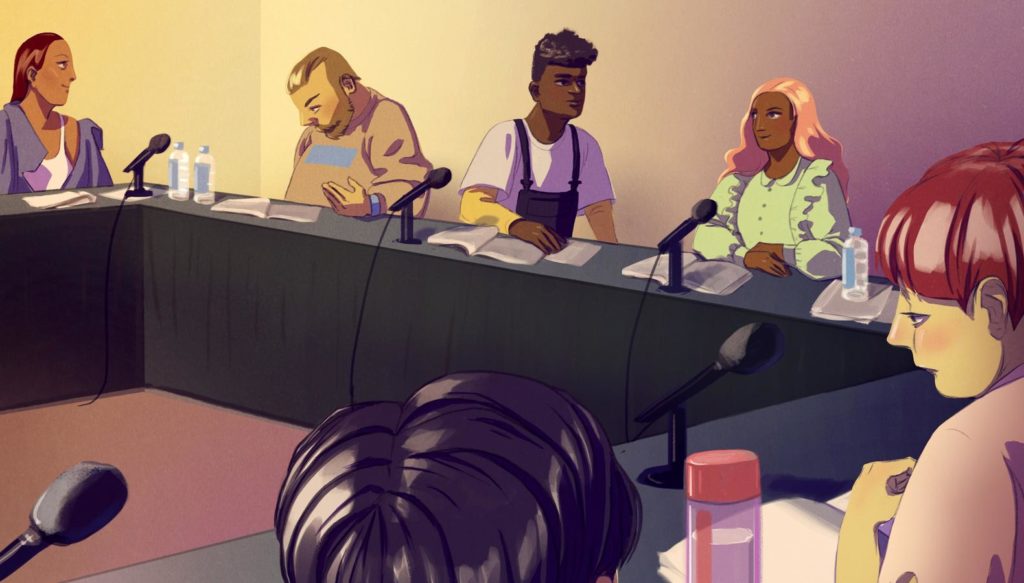
By Marci Liroff
This year marks the 30th anniversary of the Americans With Disabilities Act. The ADA is a civil rights law that prohibits discrimination against individuals with disabilities in all areas of public life, including jobs, schools, transportation, and all public and private places that are open to the general public. The purpose of the law is to make sure that people with disabilities have the same rights and opportunities as everyone else.
Within the acting community, changes are happening every day. The Casting Society of America has been on the forefront of these issues. I spoke to the Equity in Entertainment Committee about their mission. “CSA is focused on amplifying underrepresented actors and empowering our members to cast authentically. By engaging our members and the acting community alike in training events and discussions, we continue to introduce and advocate for actors in theatre, film, and television. To date, we have held open calls and training events for Performers with Disabilities, Trans and Non-Binary Actors, Native American and Indigenous Actors, and Middle Eastern, North African, and South Asian, and Senior Actors. Creating a rich fabric of representation across storytelling in all media is of paramount importance to our organization and with the current climate, we are more focused than ever on our upcoming initiatives and collaborations that broaden our relationships with underserved groups.”
Tony Winner Ali Stroker (“Oklahoma”, “The Glee Project”) told the NY Times,
“I promised myself that I would no longer accept jobs where I would have to be carried onstage.”
“That was a boundary I needed to set for myself. My feeling is, ‘If you can’t accommodate me, then you don’t get me.’ I believe I’m worth it.”
Oscar winner Marlee Matlin (“Children of a Lesser God”) spoke to the NY Times as well “On this 30th anniversary of the Americans With Disabilities Act, we must reaffirm the fight for inclusion. We can do this by creating opportunities for people with disabilities in every aspect of the entertainment industry: casting directors, producers, writers, directors.”
I spoke with Keely Cat-Wells, an entrepreneur and disability activist dedicated to making social, systematic and economical change. Currently, Keely has a management company based in Hollywood called C Talent which represents disabled artists.Keely is currently building a major film and TV studio fulfilling the need for studio space in the UK. Zetta Studios will be the world’s first-ever studio to be fully accessible for people with disabilities, that is carbon neutral, and founded by a female.
It seems that accessibility is one of the hurdles day-to-day. How do you navigate?
Yes, there are so many doors a lot of us cannot get into… (Literally!). Being accessible, in every aspect of the word is vital for this industry to be truly inclusive and authentic. The Disability community often asks for the most basic needs and they are rarely met. Designing with us in mind is an ideal. An invitation to the party, then access to the party, and then the resources to throw our own, is the goal. We navigate hurdles with a sense of familiarity in a world that was not made for us. We adapt to our environment and we get on with it – but imagine what we could do if there was true equity!
What kind of role would you like your clients to play vs. the roles they get offered or audition for?
I would like to see more characters that are disabled not getting a trophy for going to school, leaving the house, or ‘overcoming’ their disability or achieving through their ableist viewed adversity. Please give us storylines where we get applauded for doing something genuinely brilliant. I would like to see roles breaking stereotypes, not re-forcing the ones the world has already painted of us. I don’t believe there are positive or negative depictions just wrong or right depictions. I would like to see disabled characters playing storylines written by people with disabilities. Roles that were not intended for someone with a disability to be played by someone with a disability – where the disability itself is not what makes the person scary, inspirational, or the odd-one-out. Having a disability is a lived-in experience and not a technical skill one can learn.
With all the information out there, do you ever tire of having to educate people as to your disability?
If who I am and if my disability can change the way people think and allow them to have an epiphany or even slightly rethink what disability looks like to them, then I am satisfied. I will never be tired of using my voice, but I am certainly exhausted of those who do not listen. Education is knowledge and knowledge is power. I am privileged to be able to give people first-person knowledge, what they do with it is up to them, but I will not stop using my experience to shape the future of others. Let’s create to create change.
Make sure to check out my online course “How To Audition For Film and Television: Audition Bootcamp”. You can view it on your laptop or your mobile device and your subscription gives you lifetime viewing privileges for this course. I’ll be adding lectures throughout the year.
Warning: I grant permission to share my blog as written with no additions or deletions. Posting my blog is in no way an endorsement of another site unless you obtain my written consent.





Recent Comments